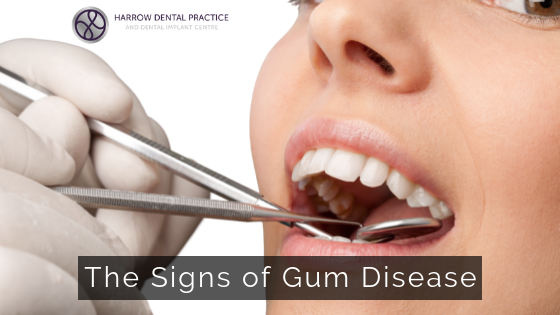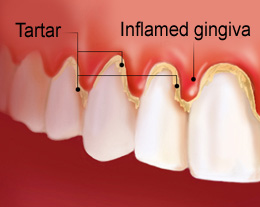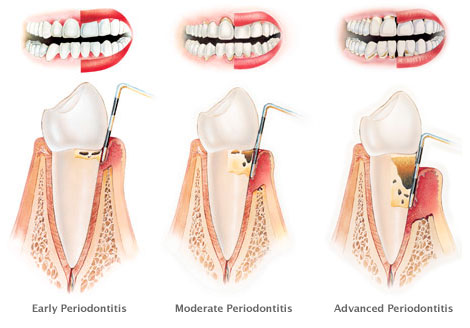If you’re considering getting your teeth aligned with Invisalign removable aligners, then you might be wondering whether clear aligner treatment will be painful. Well, like all other orthodontic treatment options, aligners may cause some discomfort. But here is the good news! They won’t be as painful as the conventional metallic, ceramic, or lingual braces.
When Does Invisalign Stop Hurting?
When you start wearing your first set of aligners, you may feel a slight feeling of pressure or pain in your teeth. This is actually a good sign – as it indicates that the aligners are moving your teeth in the right direction. As you grow accustomed to your new aligners, this pain will gradually subside and go away in a few days.And are you
After wearing your aligners for about two weeks, feel that your aligners have become slightly loose. This indicates that your current set of aligners have done their job and it’s time to switch to the next set of numbered aligners.
When you wear the next set of aligner trays, you will again feel pain and pressure around your teeth, as they continue to realign your teeth. This is nothing to worry about! The feeling of discomfort and pain will go away as you continue to wear the aligners for a few more days.
How To Stop Invisalign Hurting When I Take It Off?
Taking the aligner trays off can be a challenging task for some. The key to removing your aligners is following the instructions of your dentist for orthodontist. Sometimes, removing your aligners with your fingers can cause significant pain and discomfort. If you use random ways of removing the aligners, not only will you experience pain but you may also damage your gums or cheeks in the process.
You can avoid this simply by using a small, but a really helpful tool – the OrthoKey. It is a small appliance that can easily fit into your aligner and allows you to remove your aligner without damaging them or causing pain. You may also use Invisalign Chewies for easy insertion or removal of your aligners.
Invisalign Pain In One Tooth, What’s The Cause?
Sometimes, one or more of your teeth require more pressure or force to realign then. If you have a tooth (or teeth) that are more crooked, rotated, or misaligned than the rest, then your orthodontist will design your aligners so that more force is applied to them in comparison to the others – to ensure that all your teeth are aligned optimally and equally aligned – when your treatment is completed.
In such cases, you might feel more pain in one or more of your teeth than the rest.
Invisalign Hurts My Teeth When I’m Eating, What’s The Cause?
Invisalign recommends that you should wear your aligners for at least 22 hours each day – only removing them for oral hygiene maintenance and eating/drinking. Invisalign aligners need to be removed whenever you eat or drink anything.
If you eat or drink while wearing your aligners, not only will it stain them but may also cause them to fracture or get warped. More importantly, the aligners will not allow you to chew your food properly, causing gastric problems or indigestion. Hence, best practice is to remove your aligners when you wish to eat or drink and then wear them back on after rinsing your mouth and washing the aligner trays.
Invisalign Pain Relief
The longer you wear your aligners each day, the quicker your teeth and oral cavity will become accustomed to them and the lesser pain you will feel. So, make sure you wear aligners for at least 22 hours each day. There are several ways in which you can mitigate Invisalign pain.
First, you can use orthodontic utility wax over where the aligners are hurt. Secondly, you can use your over the counter medication to relieve the pain. Additionally, many patients report that products such as Orajel are also quite helpful in reducing the pain. Eating a soft diet can also help in minimizing the Invisalign treatment pain.
Does Invisalign Hurt More Than Braces
One of the most common problems that patients report regarding metallic braces is the pain and discomfort they cause when they rub on the inside of your cheek. This problem has been eliminated with the Invisalign aligners. In addition to being more effective in treating mild to moderate orthodontic problems, Invisalign removable aligners offer superior comfort and convenience than conventional braces.
The aligner trays are fabricated from a medical-grade, flexible polyurethane material that helps move your teeth in the desired direction without causing significant pain or discomfort.
If you’re looking for an orthodontic treatment option that does not affect your facial aesthetics, and offer comfort and convenience, then Invisalign removable aligners should be your first choice. The process for getting the Invisalign aligners – from diagnosis to treatment planning – is simple and hassle-free.
Time to take action
If you’re looking for a Platinum elite Invisalign provider near Hornchurch in Essex then we are here to help, call us on 01708 479 717 or request an appointment online.


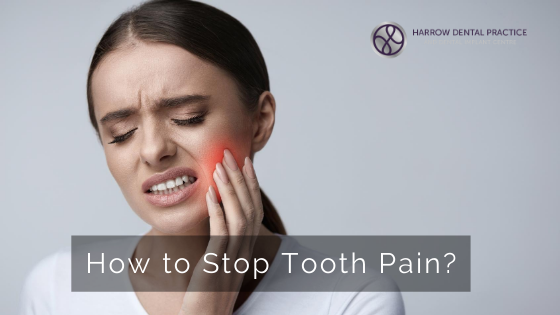

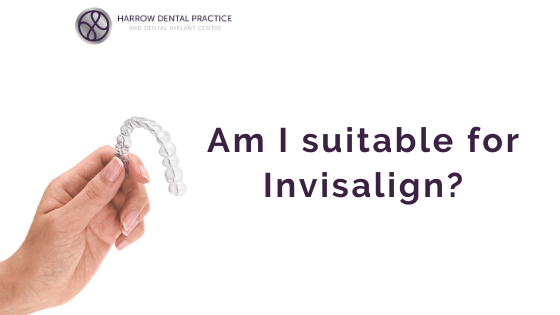 As it becomes more popular and as a wider range of treatments are included in the system, it becomes more suitable for a wider range of people… But how do you know if you are eligible for Invisalign?
As it becomes more popular and as a wider range of treatments are included in the system, it becomes more suitable for a wider range of people… But how do you know if you are eligible for Invisalign?
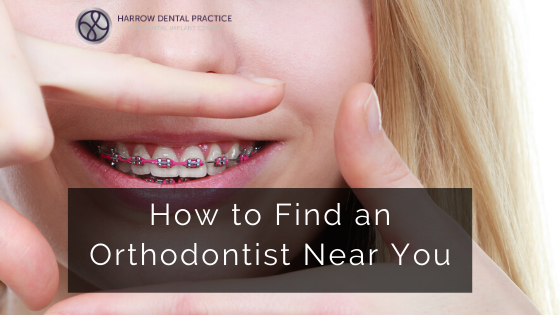
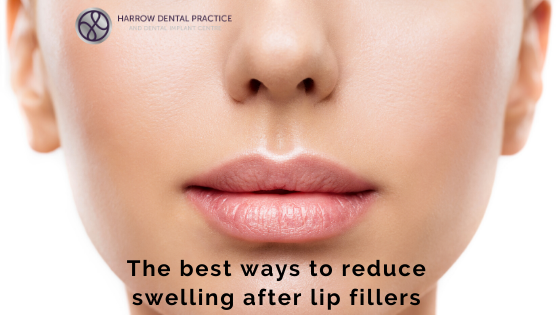

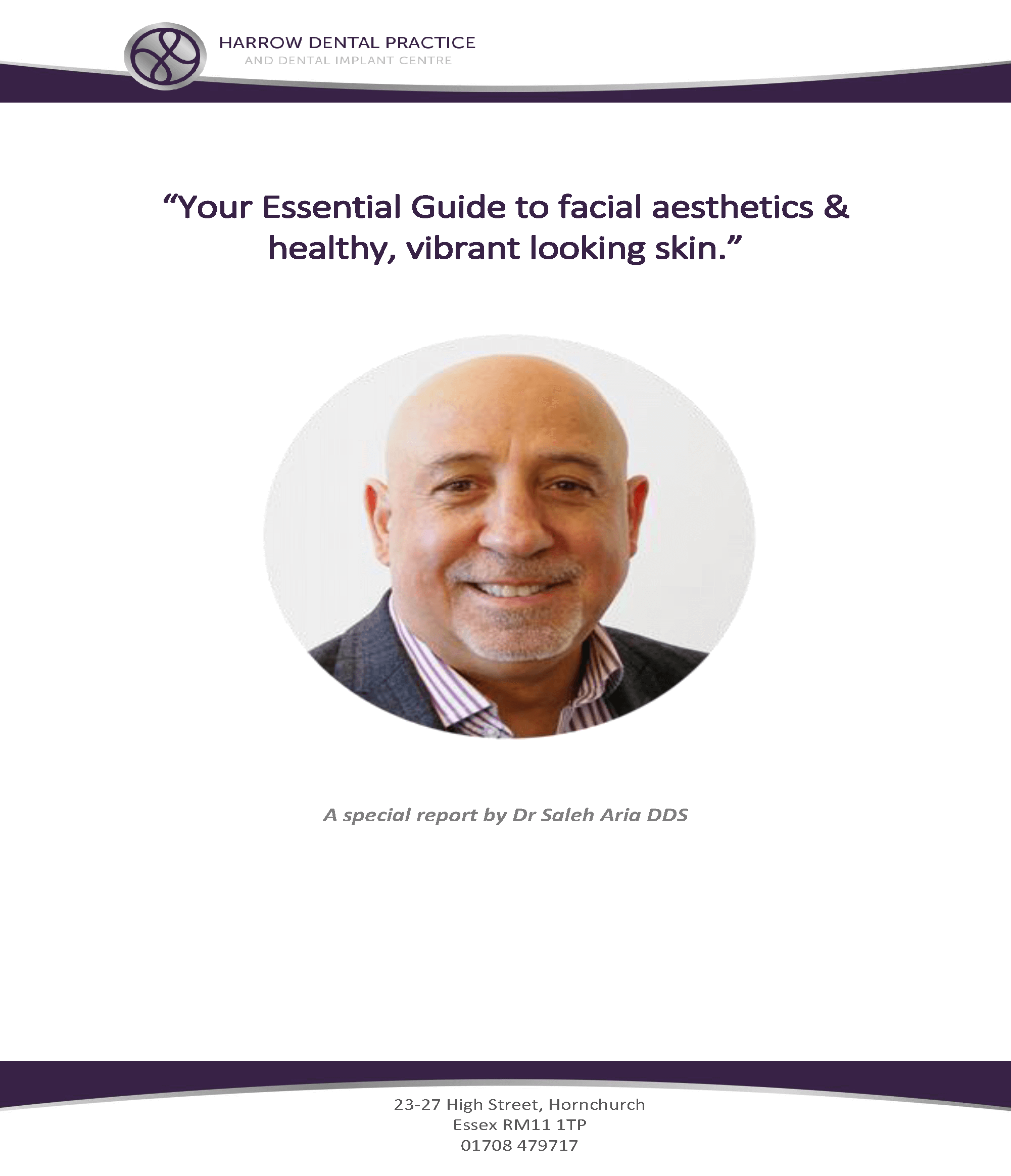
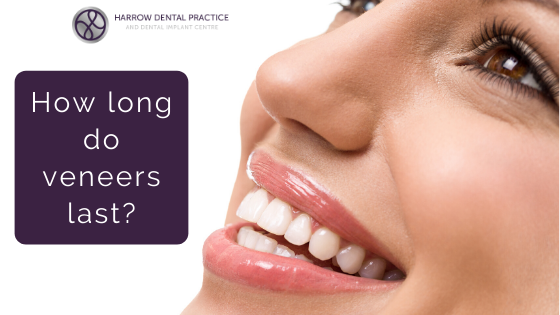

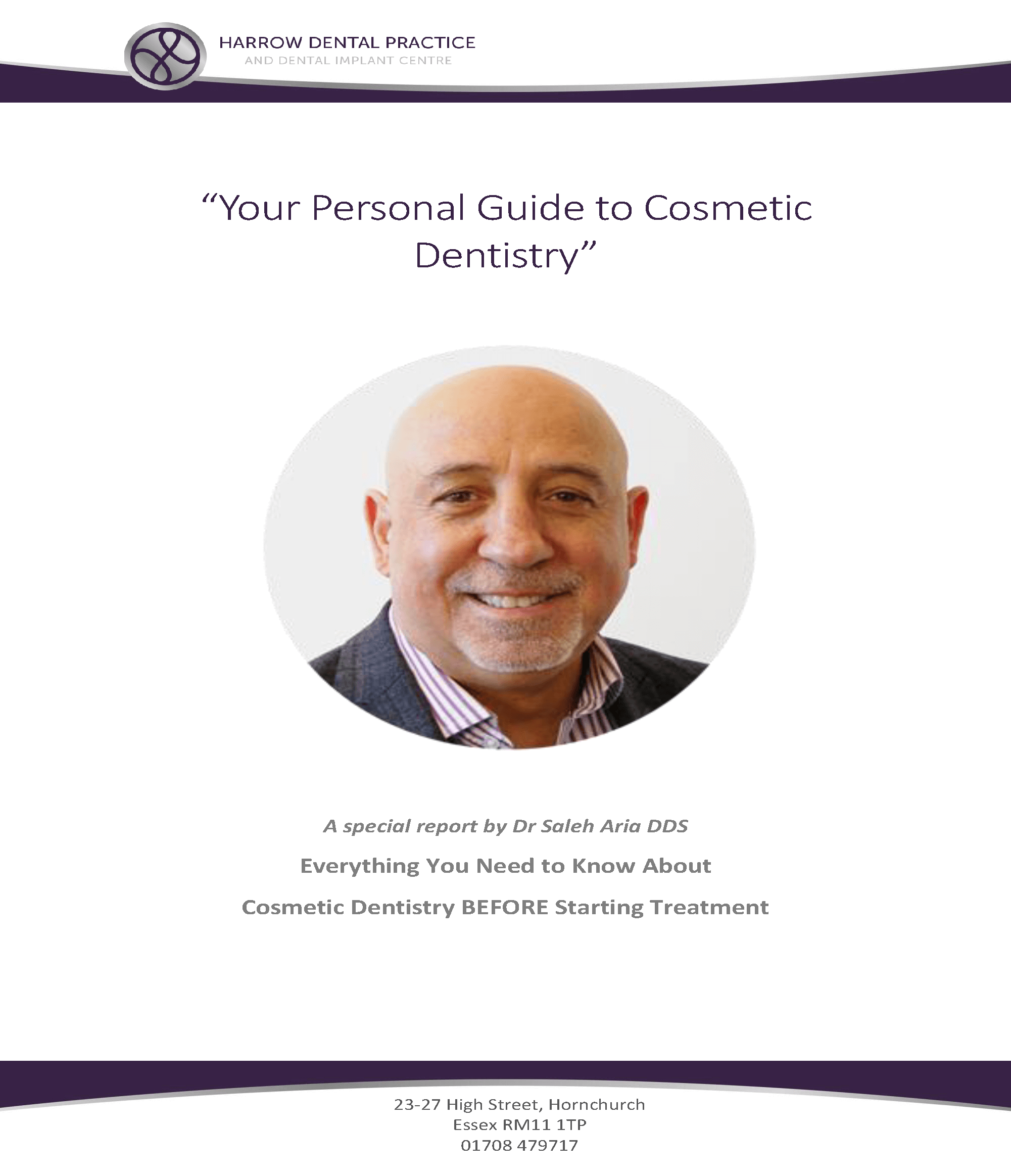 A 22 page report full of the most useful information, ideal if you’re thinking about having dental veneers
A 22 page report full of the most useful information, ideal if you’re thinking about having dental veneers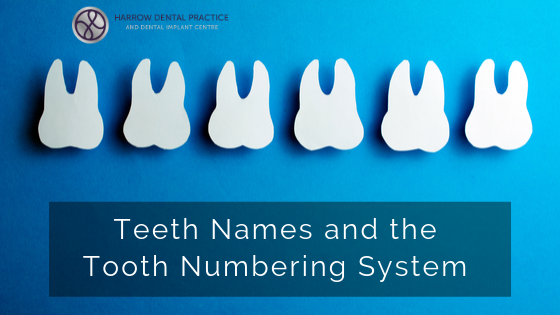
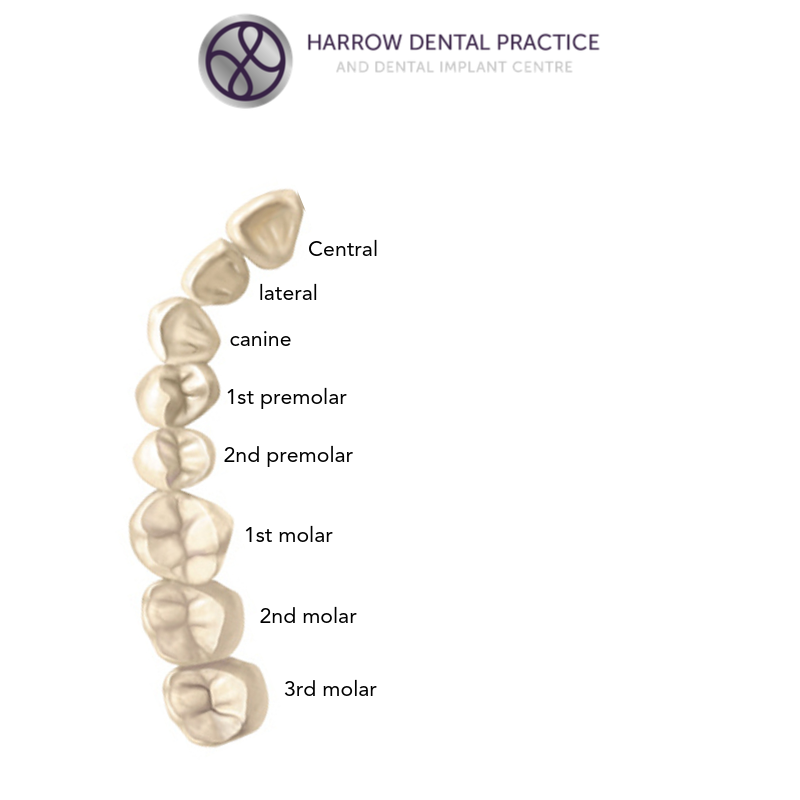
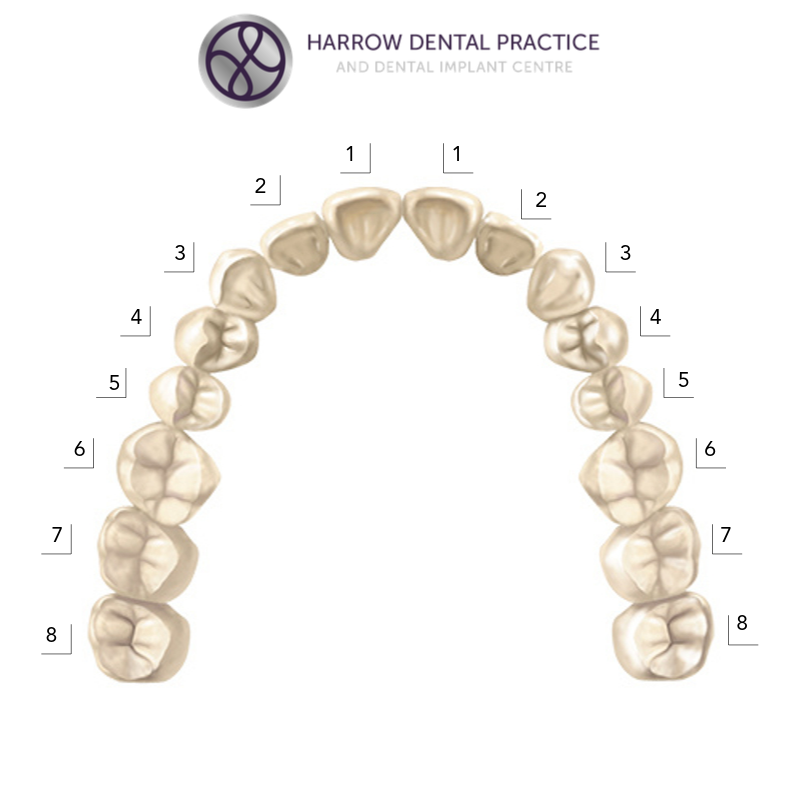

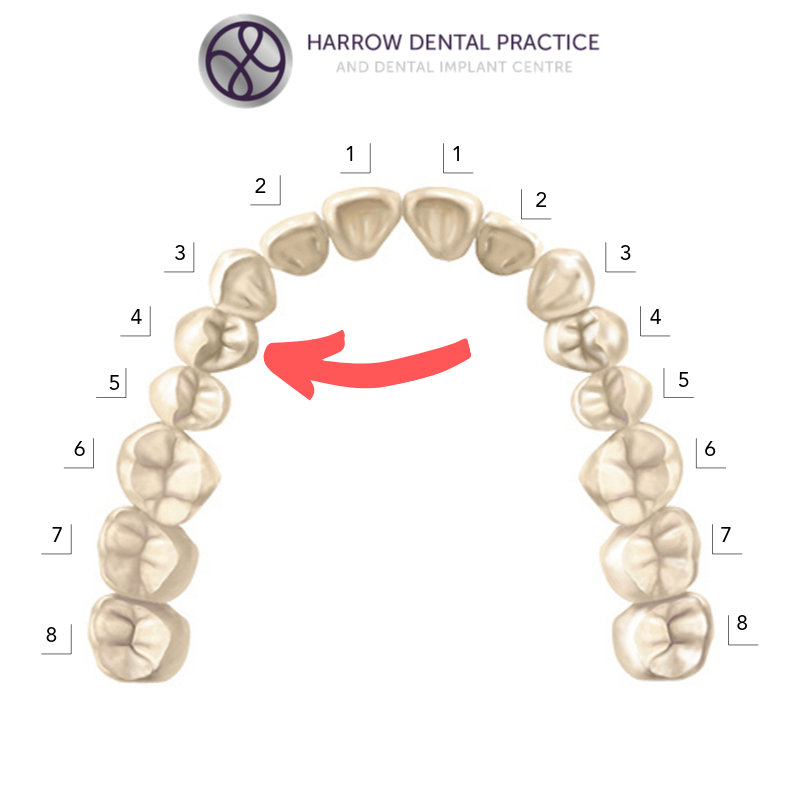
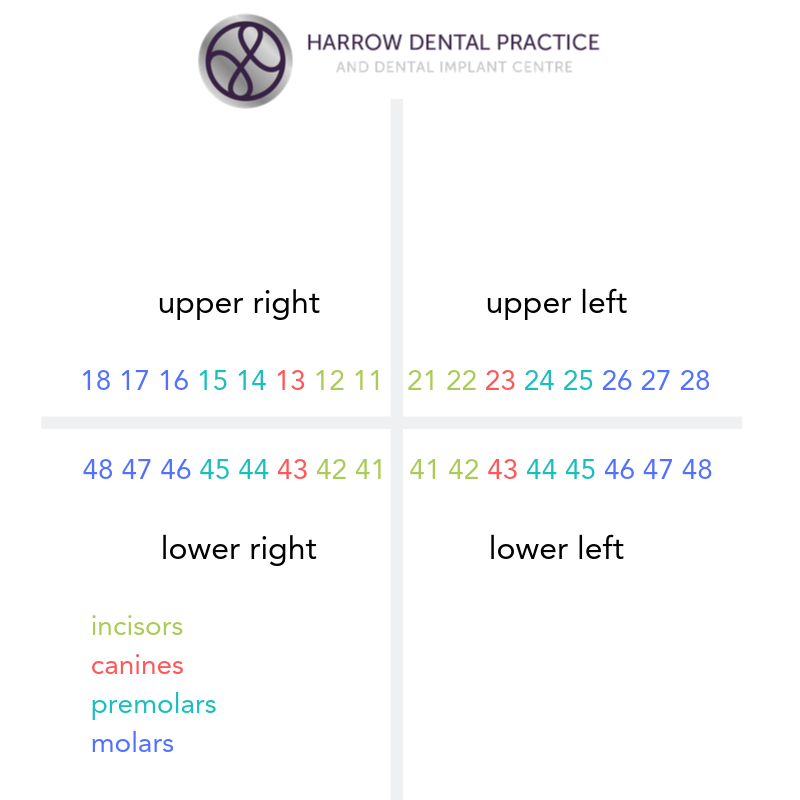
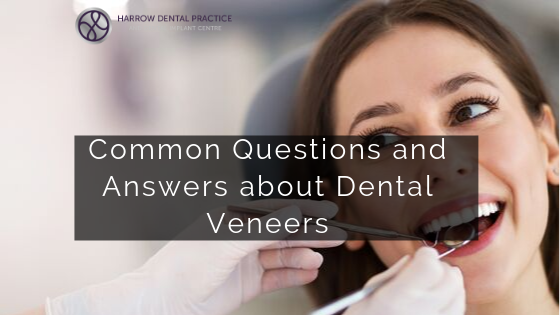
 Teeth or dental veneers are usually made of one of 2 materials, either composite resin or ceramic. They are an extremely thin layer which sits over the front surface of your natural tooth and is custom designed to fit your tooth perfectly.
Teeth or dental veneers are usually made of one of 2 materials, either composite resin or ceramic. They are an extremely thin layer which sits over the front surface of your natural tooth and is custom designed to fit your tooth perfectly.